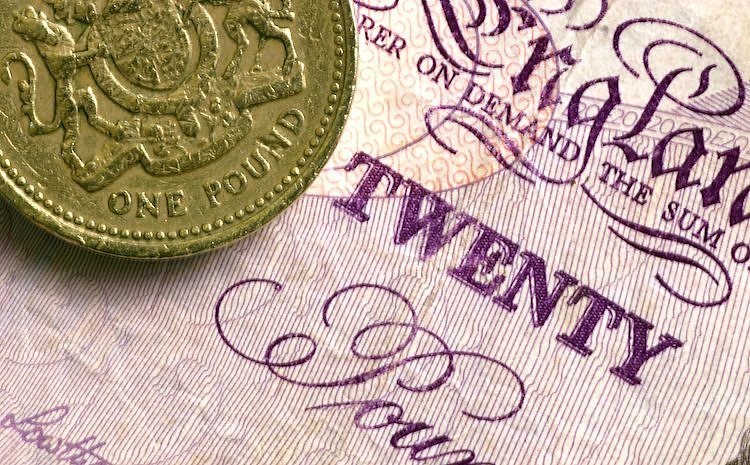
Uncovering the Impressive Surge of Pound Sterlings Amid US Inflation Decline – How Does It Impact the Fed’s Rate-Cut Expectations?
Key Takeaways:
The global financial landscape is never devoid of surprises. Recently, an unexpected trend has emerged in the foreign currency market: the surge of Pound Sterlings despite the decline in US inflation. In this article, we will delve into the factors behind the pound’s rise and explore its potential impact on the Federal Reserve’s rate-cut expectations.
The Intriguing Rise of Pound Sterlings
The past few months have witnessed a remarkable increase in the value of the Pound Sterling. This surge is perceived as surprising due to the simultaneous decline in US inflation rates. Market analysts have been closely monitoring the GBP/USD exchange rate, which has experienced a series of upward movements even amidst global uncertainties and economic fluctuations.
The catalysts behind this unexpected phenomenon are not immediately apparent. However, experts believe that multiple interconnected factors have contributed to the pound’s ascendance against the US dollar. Exploring these factors can shed light on the mechanics of foreign exchange markets and provide valuable insights for investors, traders, and economic policymakers.
The Role of Economic Data
One pivotal factor that affects exchange rates is economic data. Economic indicators such as gross domestic product (GDP), inflation rates, employment figures, and trade balances provide valuable information about the economic health and performance of a particular country. Such data guides investors, influences trading strategies, and shapes central bank decisions.
In the case of Pound Sterlings, the recent strengthening can be associated with positive economic data coming out of the United Kingdom. The UK economy has shown resilience despite the prevailing uncertainty surrounding Brexit negotiations. This resilience, coupled with favourable economic data relating to manufacturing, employment, and consumer spending, has instilled confidence in the market, attracting investors to the pound.
Interest Rate Divergence
Another determinant of exchange rates is the divergence between interest rates in different countries. Central banks play a crucial role in setting interest rates, impacting borrowing costs, inflation rates, and ultimately, exchange rates.
The Bank of England has maintained a relatively hawkish stance compared to the Federal Reserve, signaling a possibility of tightening monetary policy in the near future. This divergence in interest rate expectations has led to increased demand for Pound Sterlings, as investors seek higher returns on their investments amidst expectations of higher interest rates.
The Implications for Fed Rate-Cut Expectations
Considering the significant ascent of Pound Sterlings during a period of declining US inflation, it is essential to evaluate the implications on the Federal Reserve’s rate-cut expectations. While it is premature to make definitive claims, market trends and investor sentiments suggest the need for a reevaluation of anticipated rate cuts.
Historically, movements in exchange rates have a far-reaching impact on various sectors and aspects of the economy. When a currency strengthens, such as the Pound Sterling in this case, it can influence investor decisions regarding international investments, balance of trade dynamics, and even government policies.
Increased value for Pound Sterlings may lead investors to consider allocating a larger portion of their portfolios to British assets, such as stocks and bonds. This potential influx of capital can bolster the British economy, stimulate growth, and positively impact job creation and consumer confidence.
On the flip side, a weaker US dollar due to the comparative strength of Pound Sterlings may affect US export competitiveness. American export-oriented companies may witness a reduction in profits, potentially leading to layoffs and dampened economic growth. Additionally, geopolitical factors, market sentiment, and trade relations can influence the magnitude and duration of these effects.
Frequently Asked Questions
Conclusion
The surprising rise of Pound Sterlings amid the decline in US inflation has prompted intrigue and analysis within the global financial community. While the factors behind this phenomenon may not be immediately apparent, positive economic data and interest rate differentials likely contribute to the pound’s ascent. The implications of the pound’s rise on the Federal Reserve’s rate-cut expectations and various aspects of the economy remain subjects of interest and speculation. Global market participants continue to monitor developments closely, recognizing the potential impact on investments, trade, and economic policies in both the United Kingdom and the United States.
Source: insightfullgo.com

